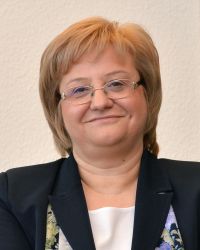Applying the degree of urbanisation manual - Foreword
In March 2020, the UN Statistical Commission endorsed a new methodology to define cities, towns and rural areas and urged that a technical report on how to apply this methodology be released as early as possible. This manual responds to that request. It presents in full detail how to classify an entire territory along the urban-rural continuum into one of three distinct classes: cities; towns and semi-dense areas; and rural areas.
The United Nation’s Sustainable Development Goals, and several other global agendas, call for the production of harmonised statistics for urban and rural areas. These indicators were harmonised, but the definition of the territories was left open. This meant that national statistical authorities used their own definitions of urban and rural areas. These national definitions use a variety of approaches, indicators and thresholds, which limits the international comparability of these areas.
To resolve this issue, six international organisations or agencies – the European Commission, the Food and Agriculture Organization of the United Nations, the United Nations Human Settlements Programme, the International Labour Organization, the Organisation for Economic Co-operation and Development and The World Bank – worked together to develop this new definition and to produce this manual.
I hope that many countries will use this manual to produce more comparable indicators by type of area, as this will enable countries to better identify the areas that are close to reaching the Sustainable Development Goals and the policies that are contributing to this success.
Mariana Kotzeva
Director-General, Eurostat

